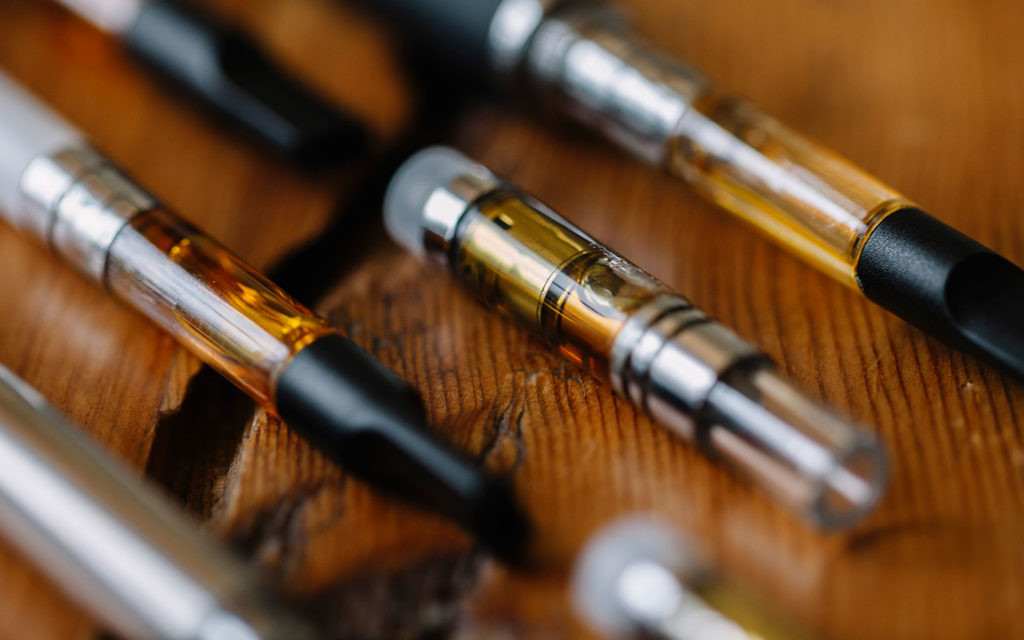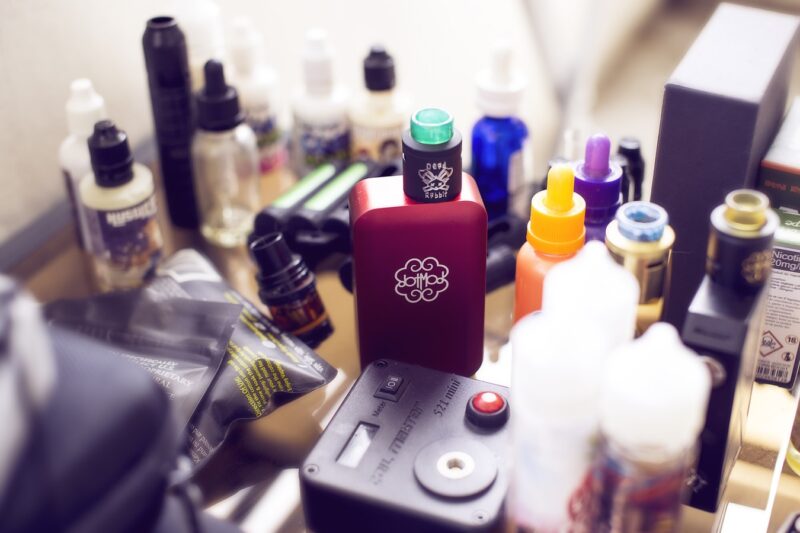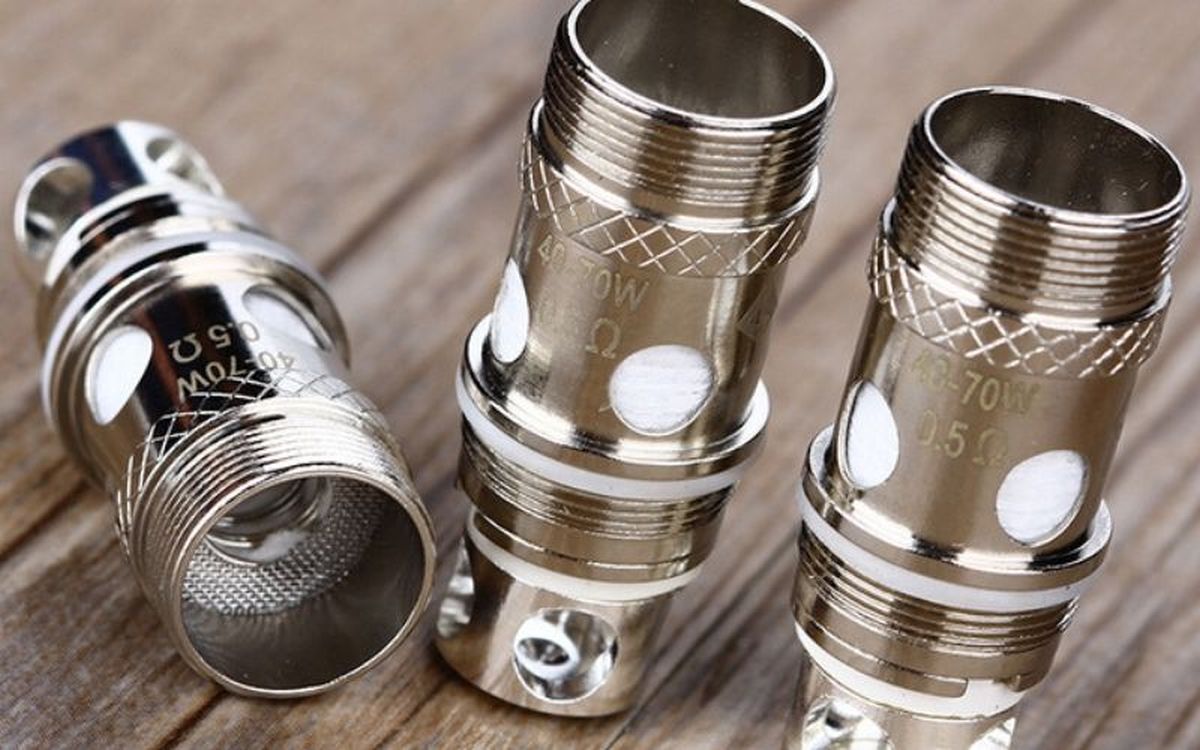Vaping as a habit is seeing an increase in popularity in recent years. It has become the next alternative to tobacco smoking. We are going to discuss coils, which form the central part of the vaping experience because it converts the vape juice into vapor.
So what is a vape coil? According to breazy.com, it is a wire that forms the essential part of the vaping device, wound around, and designed to get hot when a current is passed through it and converts the vape juice into vapor. There are many coil characteristics, which makes it suitable to be used in the vaping device.
What are the common coil materials used?
Depending upon the characteristics and intended use of the coil, the materials change. Thus few of the coil materials are:

- Kanthal: it is the most commonly used coil material used. The characteristic which allows it to be used in the device is the ability to provide variable voltage. The temperature rise does not affect the resistance of kanthal wire and becomes the preferable wire for the e-cigarettes.
- Titanium: Titanium is one of the softest wire materials available and as such, it’s incredibly easy to handle. It has seen a rise in popularity in the last couple of years since it helps achieve some tasty vaping results. Still, due to its sensitivity and softness, many vapers and smokers are skeptical over how safe it actually is. Overall, with proper precautions and temperature control, titanium is as safe as any other material used in vaping.
- Nichrome: in the early days when vaping had just started, nichrome was used as the coil’s preferred wire. It is made by mixing nickel and chromium. It shows similarities in characteristics with kanthal material and is also able to provide variable voltage vaping. Due to difficulty working with the material, it was not used further, and other materials gained popularity.
- Nickel: Pure nickel is also used as the coil’s wire in modern vaping devices. It is used for temperature control vaping as the resistance is highly variable although this is the less preferred material as it is too flexible and brittle.
- Stainless steel: it is the most versatile material as it could be used for both temperature-controlled and variable voltage vaping. Stainless steel has shown quick differences in resistance with a slight temperature change. It, therefore, changes the resistance and becomes a good material for TC, and it has high resistance for the variable voltage use.
Types of coils
There are many types of coils used for the vaping device. Few of them are:

- Standard coil: the most common coil which is oriented in a horizontal position. Kanthal is usually used in this type of coil. The most basic coil type needs the wick to be inserted through the center of the coil.
- Vertical coil: Similar to the standard coil, these are vertically placed. These are highly preferred as it allows greater wicking and improved airflow.
- Dual, triple, quadruple coils: the most simple and improved arrangement coil system where more than one coil is used. This is used to reduce the resistance and allow a higher voltage use.
- Parallel coils: similar to dual coils wrapped together to form a parallel strand of the coil. This is a simpler method of the dual coil system, and the setup is easier.
- Clapton coils: A unique Clapton shaped wire system similar to a guitar wire string. The characteristic of this type of coil is that it has a thick core placed in the center and a thin wire is wound around it. The main use of this coil type is to produce a greater surface area, producing more vapor.
- Twisted coil: Similar to Clapton coil but has a complex wiring system. They are wound together to form two strands in a single wire. The work of this coil is to produce more vapor and flavor.
- Tiger coil: Same as Clapton coil, but some additional outer thin wire is used to form a unique shape. It uses flat kanthal as the wire material. It is used to produce more vapor and more flavor by increasing the area.
When to replace the vape coil?

No matter which material you choose, you’ll have to replace your vape coil eventually. Of course, the frequency of the coil change will depend on your smoking habits and the type of coil you’re using. Generally, if you’re a heavy smoker you should consider changing the coil at least once per week, if you vape moderately then make it two weeks, and lastly, if you only vape from time to time, make sure to change your coils every 3-4 weeks.
Of course, the vape juice you’re using and other similar factors can affect the longevity of your vape coils too. So, instead of scheduling the vape coil replacement like it’s an appointment of some sort, learn to recognize the signs your coil needs to be replaced.
One of the easiest signs to spot is the change in taste. If the flavor suddenly becomes less prominent, your coil is probably getting too old. Other than that, make sure no leaks are coming from your device since it’s a good indicator of a declining vape coil.
The bottom line

Learning about different types of coils used for vaping and smoking is of the utmost importance. It helps you to find the vaping device that best fits your needs, and it helps you learn how to maintain and care for it properly. You might even be able to create your own coils once you learn enough! Whatever you do, make sure to gather as much knowledge as you can, so you can improve your vaping experience in a major way.
So, now, we have learned about the coil types used to make the vaping devices and the different materials used. All in all, we hope that this article appeals to smokers and provides detailed information about coils in vaping devices.












